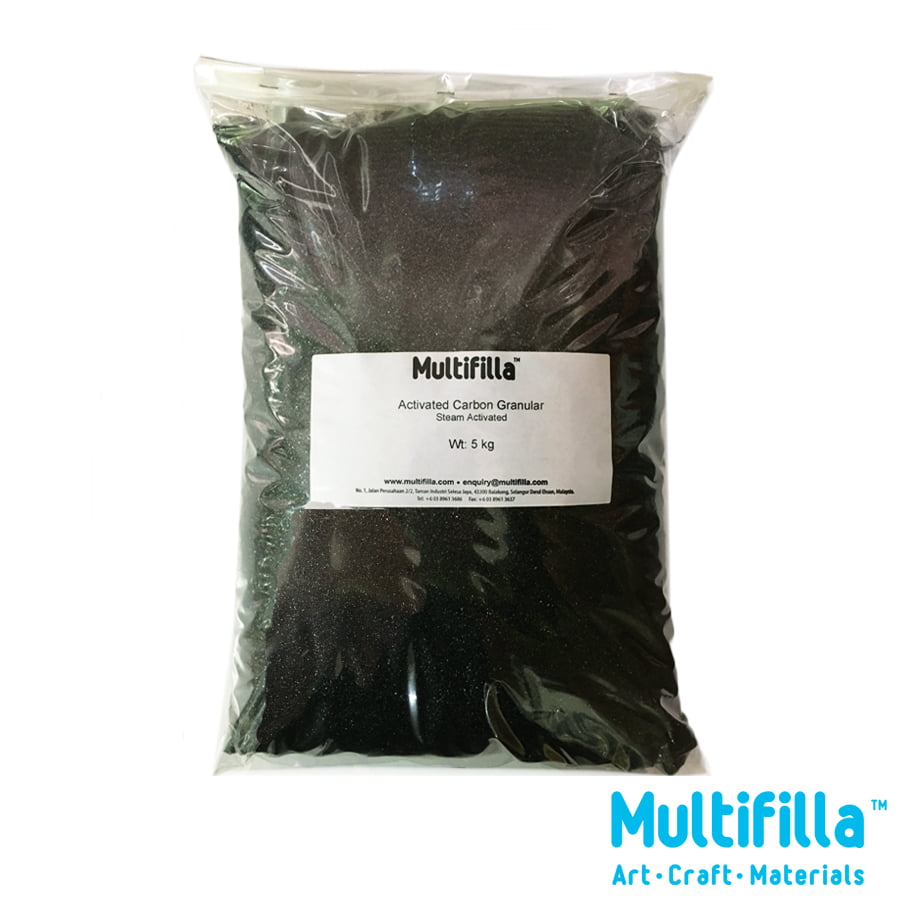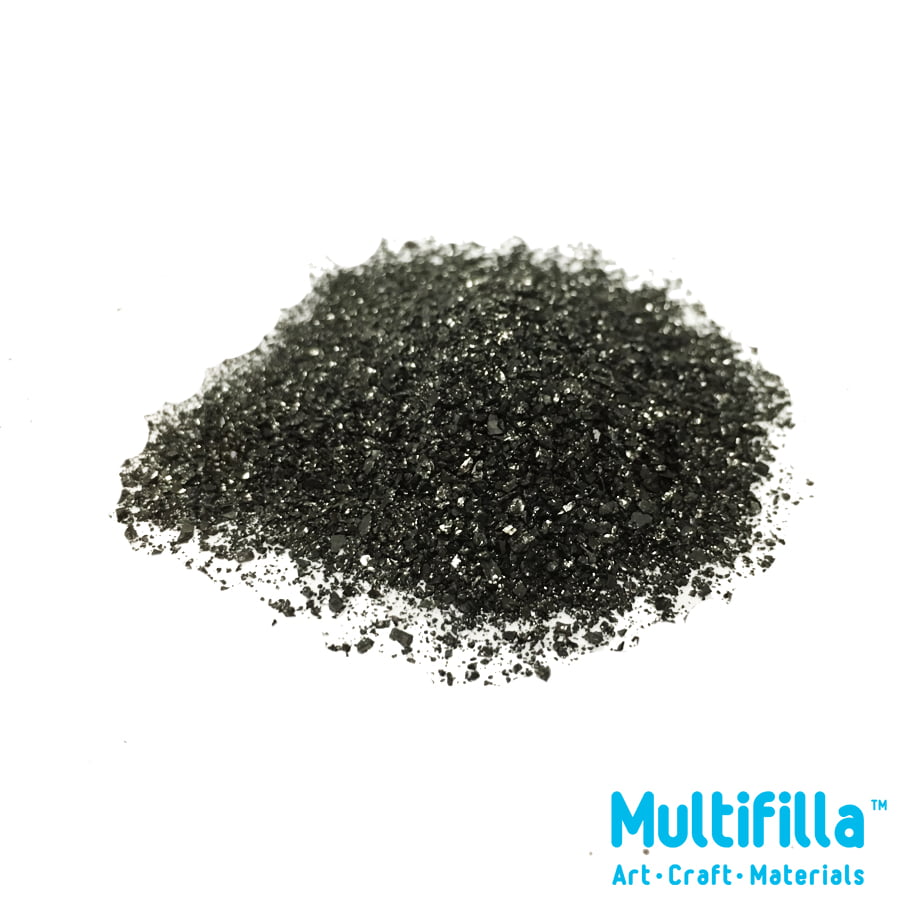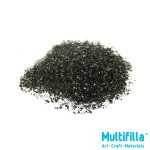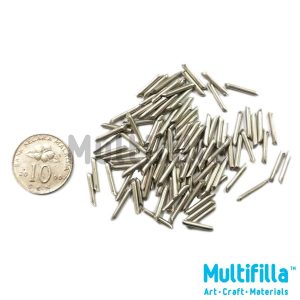Activated carbon from coal steam activated. Porosities in these carbon are uses as a filtering media for gas and liquid. It is non toxic and odourless. In gas mask to filter toxic gases. Workshop to remove toxic fumes. Also used in floral drying as its porosities absorbs moisture and can be recycled with oven drying. Scale modellers uses these reflective granules as road tarmac with modelling glue as binder. Knife forgers anneal blades in activated carbon. Garden use for soil aeration and nutrients retention much like the use of biochar as soil amendments. Ornamental fish aquarium filtering media to remove impurities.
HAZARD RATINGS
Min Max
Flammability 1
Toxicity 2
Body Contact 2
Reactivity 1
Chronic 2
0 = Minimum
1 = Low
2 = Moderate
3 = High
4 = Extreme
Storage
incompatibility
Activated carbon, when exposed to air, represents a potential fire hazard due to a high surface area and
adsorptive capacity. Freshly prepared material may ignite spontaneously in the presence of air especially at
high humidity. Spontaneous combustion in air may occur at 90-100°C. The presence of moisture in air
facilitates the ignition. Drying oils and oxidizing oils promote spontaneous heating and ignition; contamination
with these must be avoided. Unsaturated drying oils (linseed oil etc.) may ignite following adsorption owing
to an enormous increase in the surface area of oil exposed to air; the rate of oxidation may also be
catalyzed by metallic impurities in the carbon. A similar, but slower effect occurs on fibrous materials such
as cotton waste.







